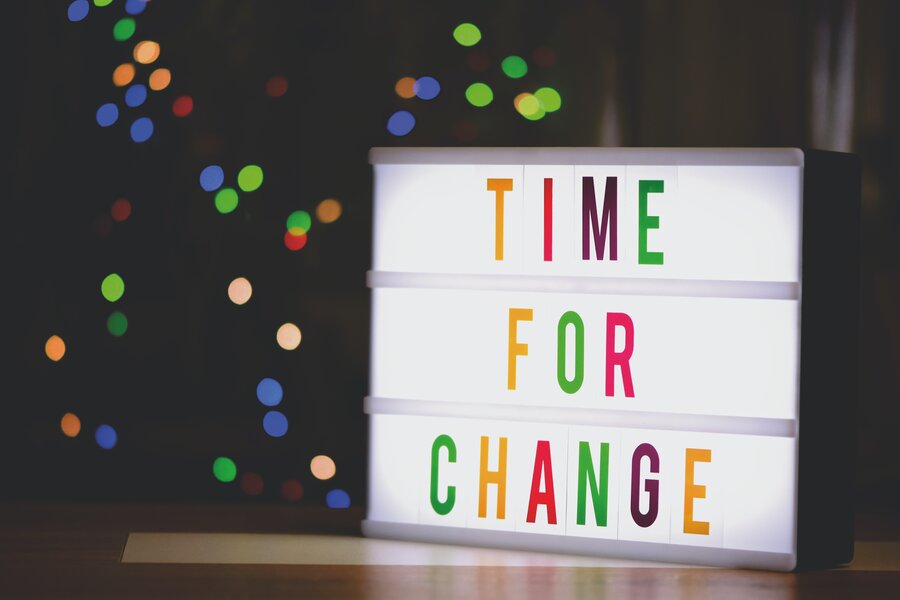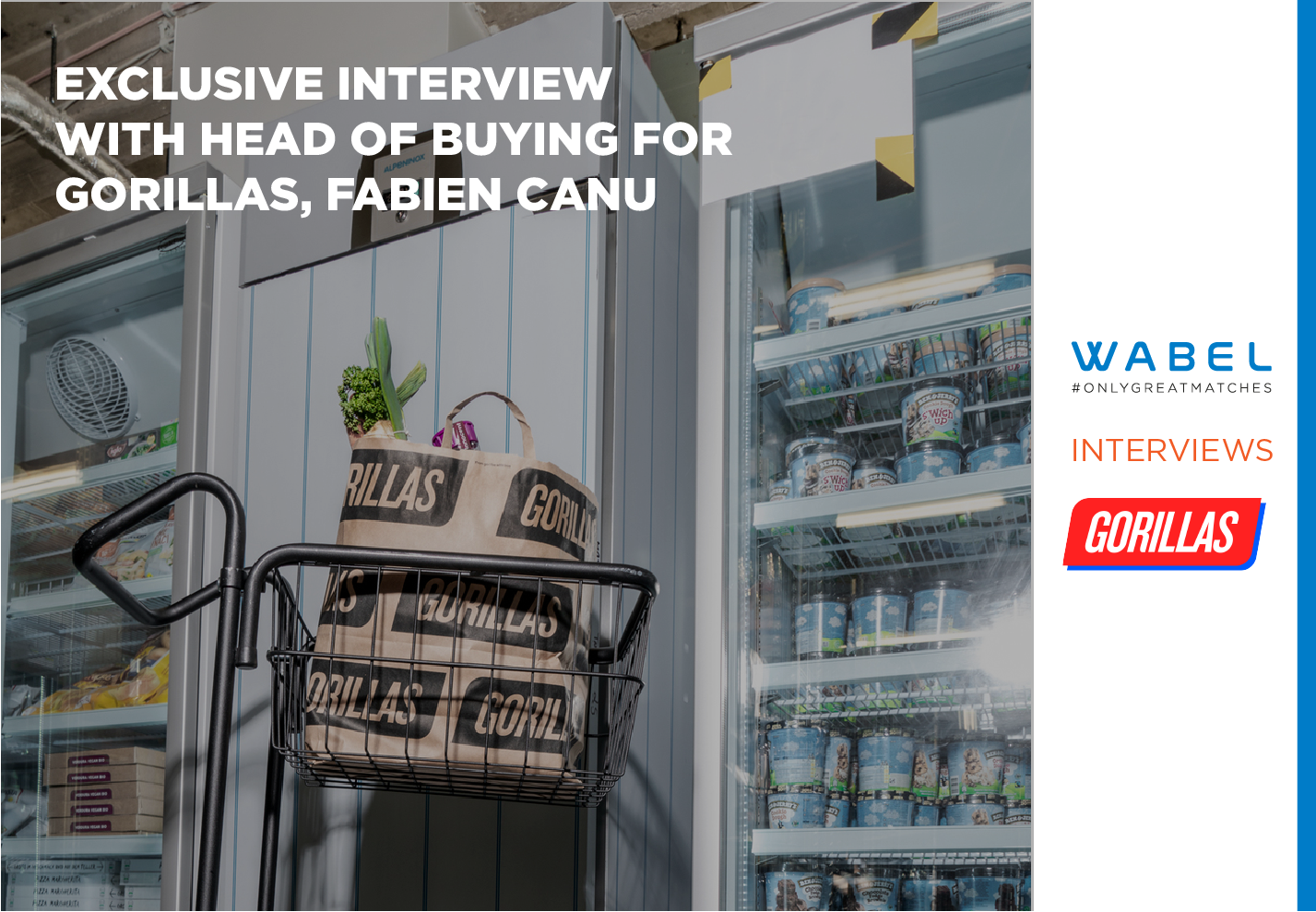Consumers become more and more financially conservative in the current environment, thinking twice before making any purchase. According to Accenture's survey, 50% of consumers nowadays consider financial security as one of the main three concerns. Since March 2020, the number of financially concerned people increased by 36%. Accenture
This financial insecurity brings more long-term effects than we might think. The global recession is not a single temporary occasion since its economic outcomes are supposed to shake us up from a long-term perspective. As a result, the discount stores and value-oriented brands have a significant advantage in the given environment. The discretionary categories are about to fall, whereas the essentials will stand to win. Accenture

The retail space is expected to shrink during the pandemic due to shutting down the less performing stores. Even big retailers have to undertake some radical cost-cutting measures to sustain their balance sheets. As a result, the surviving retailers will most likely leverage over their manufacturing partners. According to Deloitte research, this trend had been always present between 2017 and 2019 due to the substantial consolidation of retail and fragmentation of consumer packaged goods. However, COVID-19 will only increase this trend. Deloitte
Due to the current financial insecurity, consumers are becoming less and less flexible regarding their expenses. The number of constrained consumers is about to grow steadily, followed by undermined confidence in financial futures. It depends on retailers' execution plans to remain successful in such an unstable environment and retain loyal customers or even gain new ones. Nielsen
The global crisis was followed by hoarding and significant shortages in some product categories in the stores. Therefore, retailers need to apply new strategies to better match demand and supply and optimize the supply chain, logistics, and warehousing operations. For instance, by boosting the online procurement, current practice of stocking the products on the shelf with a backup inventory in the back of the store shall be replaced by customer ordering first, warehouse collecting the inquiries, and final delivering it to the consumer. Journal of Business Research Volume 117, September 2020, Pages 280-283
The rapid move to online grocery shopping lead to significant challenges for retailers as well. The transmission from the conventional shopping experience to the new trends, such as order picking and delivery costs, undermine stores' profit. The main reasons are a decrease in impulse purchases, immediate consumption buys, and new product trials. Hence, retailers have to rethink their strategies to adapt and find new alternatives to this conventional consumer behavior.
Regarding our health consciousness, covid made us more cautious with our safety than ever before. Retailers adapt to more strict safety regulations such as no-touch deliveries and elimination of bulk self-service food items, communal buffets, and salad bars in the supermarkets. Consumers are becoming more and more skeptical towards the previously common behaviors such as in-store food sampling and usage of public touch screens or keypads. As a result, retailers are trying to develop no-touch customer experiences with respect to all hygiene measures.
Hence, by facing those major social and environmental issues, it is necessary for the medium and large businesses to adapt their products & services and new working conditions and innovations. They are expected to act responsibly, supporting employees and consumers, to build confidence and trust. Retailers have to initiate new safety measures and staff training to explain how to proceed in a new critical environment and approach customers. Retailers need to leverage data-driven insights to understand consumer needs and expectations and respond to them correctly. Since the self-managed routines at home became very common, stores have to focus on reconsidering the formats and locations, increase investment in digital and innovations to meet new consumer needs. Accenture
Even in the light of so negative hanges, there is a short window to make the right decisions and seize opportunities for 2020 and 2021:
1. Retain new buyers and win back lost loyal buyers.
2. Build brand equity and trust by investing in media communication.
3. Adapt products, ranges, and prices to divergent purchasing powers.
4. Capture a share of growing e-commerce.
5. Innovate: new occasion of consumption (out-at-home at home), product attributes that resonate with high expectations for more natural, more quality, and healthy products at a fair price.
Online grocery shopping implies different behaviors that can be opportunities for retailers and manufacturers. Some of the key trends currently observed are the use of voice devices, more shopping lists, benchmarking to find the best price, product information available online, etc. Therefore, it is necessary to consider some possible improvements, such as better mixing private label and national brands to offer the best assortment, managing an out-of-stock issue by bringing intelligence to provide the smartest replacement options, and adapting promotions to online, or improving search optimization.
Trends to watch:
- As supply chain issues are improving, promotion is coming back in the region (+6% in August versus a year ago) to support expected weak demand.
- Promotions provide shoppers with the best price options and are a weapon against discounters' growth.
- As a result, deflation is expected to come; it's already the case in France in July -0,26% and expected to be at -0,3% in Italy in 2021.
- In the UK where promotions remain low, prices increased. The other countries use the promotion to retain and gain shoppers by guaranteeing a good level of prices.
- Lack of promotion impacted non-food sales.
- Digital devices enable easier price comparison for the benefit of the shopper.
- Discounters and retailers are entering into a price war to gain and retail shoppers who shifted to new channels, banners and/or stores during the lockdown.
- As supply chain issues impacted more heavily on large manufacturers, retailers favored their own brands.
- Private label has been favored in loyalty programs.
- Since 2008, private label has expanded to cover all level of clients' needs and profiles (premium, mid and low end, organic and free from, local and regional).
Implications & Opportunities:
- Personalised promotions address the various profiles of new normal shoppers, from savvy to wealthy, who have the same desire for: essentials at fair price, local/national products, healthy food and easy options for eating at home – which often are more expensive options.
- Promotions that deliver a real shopper experience (the Italian food week, beer week, local farmers' products…) will bring shoppers back in store.
- 70% of promotions do not benefit category value sales. Some categories like hair dyes don't need promotions, while others need a boost such as laundry care. Understanding new normal shoppers at store level is essential.
- All brands will have to address their value strategy as the pressure on low price will increase.
- Understanding the price elasticity of products and categories, helps identify growth opportunities and avoid losing shoppers.
- Brands will have to adapt pack size to accommodate both cash-strapped consumers looking for the lowest possible costs and those who are making fewer shopping trips but with bigger baskets as long as the pandemic remains active.
- Brands need to develop innovations that differentiate them from EDLP and private labels and stimulate purchasing by creating new consumption occasions.
- Less eating-out is an opportunity for more premium products for at home consumption. It remains less expensive than a restaurant.
“It's up to companies to continually assess consumers' perception of value," says McKenzie. The economic climate is having a massive influence on consumers' wealth and financial perspectives. In the near future, we expect fewer consumers to be able to realize economies of scale when it comes to pack sizes, while many may place greater priority on the need to access certain brands at certain price points in value-oriented retail formats. McKenzie concluded, “companies that are unable to provide products that can fit the adjusted wallet and price sensitivities of constrained and insulated consumers may ultimately lose long-term traction with core users." Nielsen









